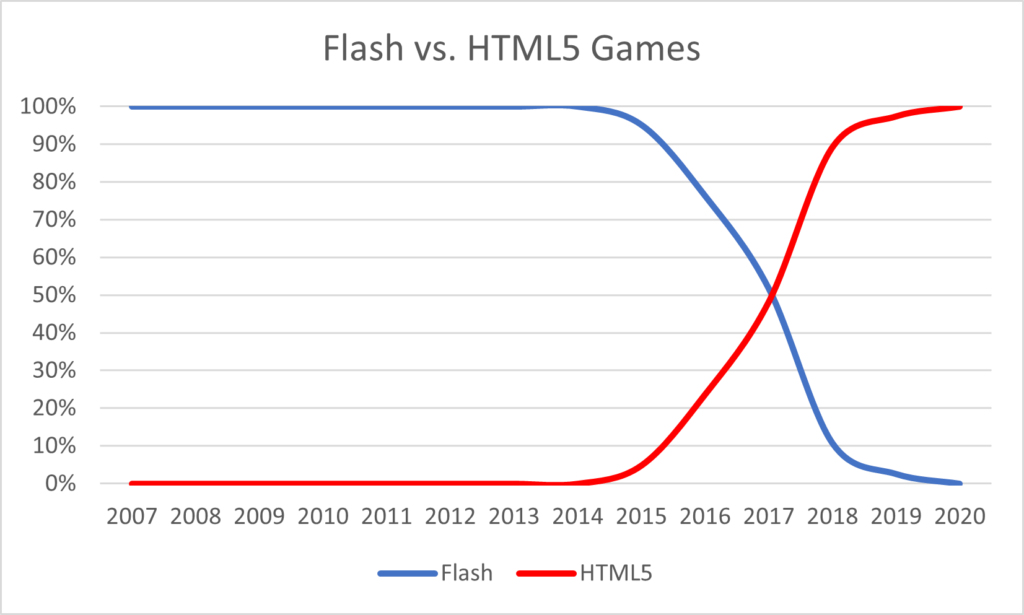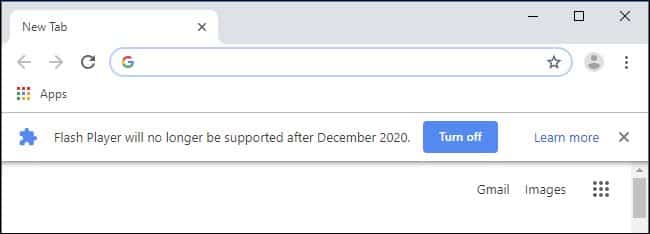
Apple stopped pre-installing the plugin that same year. Today, usage of Flash among Chrome users stands at just 17 percent and continues to decline (see Google graphic below).įor Mac users, the turning away from Flash began in 2010, when Apple co-founder Steve Jobs famously penned his “ Thoughts on Flash” memo that outlined the reasons why the technology would not be allowed on the company’s iOS products. Just three years ago, at least 80 percent of desktop Chrome users visited a site with Flash each day, according to Google. It’s remarkable how quickly Flash has seen a decline in both use and favor, particularly among the top browser makers.

“Today, most browser vendors are integrating capabilities once provided by plugins directly into browsers and deprecating plugins.” “Over time, we’ve seen helper apps evolve to become plugins, and more recently, have seen many of these plugin capabilities get incorporated into open web standards,” Adobe said.
ADOBE FLASH PLAYER NOT WORKING CHROME AUGUST 2017 CODE
In a blog post about the move, Adobe said more sites are turning away from proprietary code like Flash toward open standards like HTML5, WebGL and WebAssembly, and that these components now provide many of the capabilities and functionalities that plugins pioneered.

But don’t break out the bubbly just yet: Adobe says Flash won’t be put down officially until 2020. To help eradicate this ubiquitous liability, Adobe is enlisting the help of Apple, Facebook, Google, Microsoft and Mozilla. Adobe last week detailed plans to retire its Flash Player software, a cross-platform browser plugin so powerful and so packed with security holes that it has become the favorite target of malware developers.


 0 kommentar(er)
0 kommentar(er)
